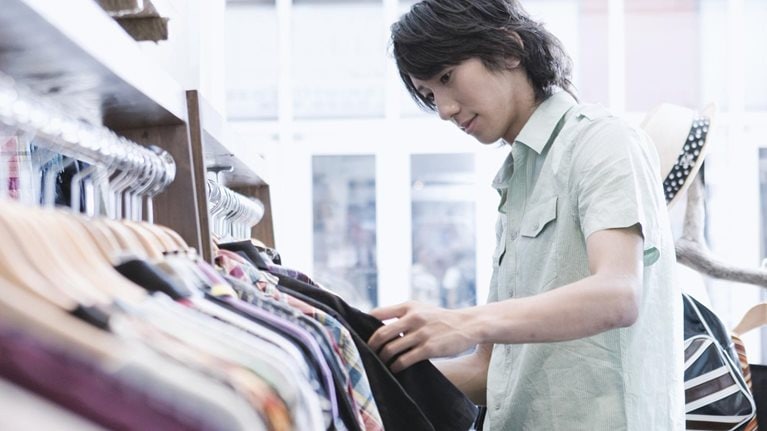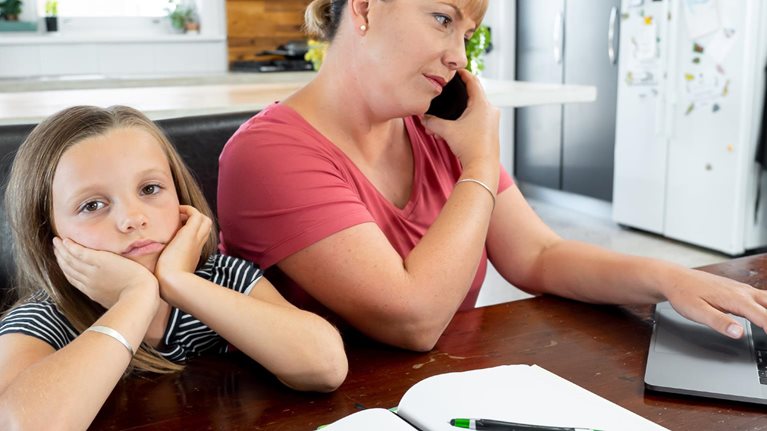The COVID-19 pandemic is first and foremost a health crisis of immense proportion, but it has also had a profound economic impact upon families and global markets across almost all sectors. As it impacts lives and livelihoods, we’ve seen humanity shift as individuals and as communities and have watched companies adapt with resolve and resilience to band together in this unprecedented period.
In Australia, as in many other markets, we are now seeing the gradual removal of restrictions and reopening of businesses is beginning. This is a moment for Australian businesses to take stock of changes in consumer sentiment, beliefs, and behaviours, and put in place new mechanisms—not just for returning to normal, but for identifying how they can emerge stronger and, importantly, engage more deeply with their consumers.
McKinsey’s latest consumer-sentiment analysis shows that the economy is a concern for most Australians. Forty percent of all households are adjusting to a decline in household income, with Generation Z (born 1996–2012) and millennials (born 1980–95) the most affected and least confident of a recovery. Shoppers expect to reduce their discretionary spending across most purchase categories, except for grocery and household products. Furthermore, despite the overall downturn in spending, online shopping and digital activity have grown, mainly driven by the consumers that have maintained their household income.
While these insights provide an invaluable picture of what is happening, to put our finger on the pulse of consumers we need to go deeper; to learn from the individual, personal stories of Australian consumers and get behind the numbers.
Behind the numbers: Learning from Australian families
There is enormous impact in designing better businesses from a consumer perspective. As such, design research experts from McKinsey Design in Australia have followed 12 Australian families for a week to uncover the human and cultural context driving their observable changes. These families share their daily thoughts, fears, joys, and behaviours through diaries, photos, videos, and interviews. To get a representative picture of Australians, the participants range from small regional families struggling to keep their livelihoods afloat to couples in small inner-city apartments feeling bored and isolated to large families overwhelmed by the blending of work, home, and school demands under one roof.
Combining these ethnographic enquiries with our consumer-survey insights, a more vivid picture of Australian families emerges. We see shifts in spending, changes in consumer preferences, forced and accelerated adoption of digital technologies, and rapidly increasing consumer expectations and adaptions of new household dynamics, including the mental strain of isolation.
1. Socially conscious values come to the fore
Australians are no strangers to physical threat. Annual bushfires, droughts, floods, and rejuvenation cycles are all part of a normal year. The oft-used Australian colloquialism “She’ll be right” summarises a general stoicism in the face of adversity, whether that’s grapefruit-size hail plummeting from the sky or the world’s most poisonous spider in the laundry. These kinds of external threats cause people to band together to survive, creating a culture of strong social reliance and normative behaviours.
I guess it’s part of being Australian; you have no problem telling people off when they step out of line.
In the face of COVID-19, this culture—of doing the right thing, looking after your mates, and being all in this together—has come to the fore.
I definitely go to my local shops more, even if it’s a bit more expensive. They’re part of the neighbourhood and I want to support them.
Australians take pride in being good citizens—embedded in their cultural DNA as “mateship”; they generally adhere to social norms and rules and expect others to do so as well. This self-regulation applies at all levels of society, from reining in tall poppies to offering up seats on public transport. Soon after the government implemented social-distancing measures to combat the spread of COVID-19, many Australians tested the boundaries. Some rushed to Bondi Beach, others bought into the panic and stockpiled toilet paper, and some flooded to pubs for a day with their mates. While this behaviour is consistent with other cultures that permit a greater range of freedoms and flexible social norms, it was quickly regulated by an overwhelming response from the Australian community, shouting, essentially: “Stop acting selfishly, get into line, and do your part to help us all get through this!”
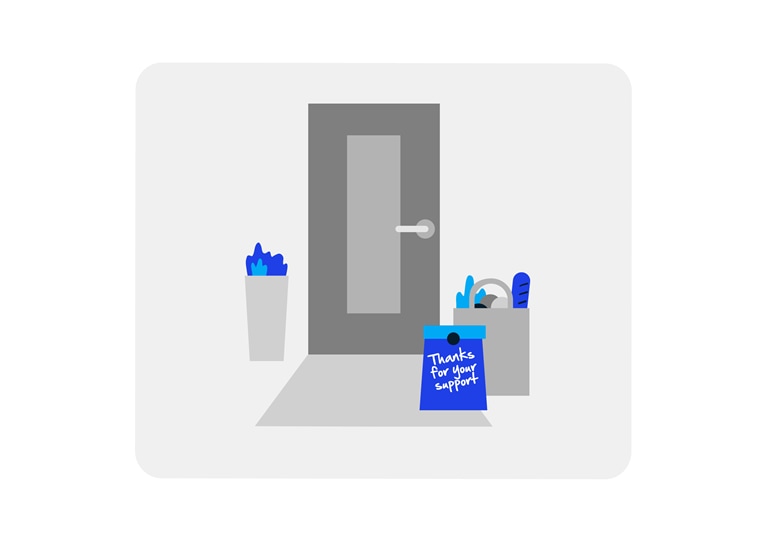
Alice is using the experience of living in isolation to model good values to her two children. She makes time every day to bake treats for hospital workers, cook meals for neighbours who have lost their jobs, and finds ways to hide a teddy bear in the window for neighbourhood kids to spot as a game. She gets excited by the stories of local companies finding innovative ways to stay afloat and shares stories and her views passionately across her social network.
Rather than a rise in nationalism (“Buy Australian made”), what has emerged in Australia is strong support for local communities and a sense of “we’re all in this together.” We observed consumers, especially those less financially affected by the restrictions, actively switching their spending to prioritise buying from local businesses and producers. We also observed a “community experience” factor, which helps counteract price sensitivity and sometimes sacrifices convenience as consumers give themselves permission to spend more in the interest of helping out.
Question for business leaders
As consumer values come to the fore, how are our organisational values reflected in our products/services/experiences and how do they seek to meet the values of our consumers?
2. New dynamics at home mean new priorities
With the recent restrictions for many, family life at home means wearing multiple hats at the same time: parent, teacher, chef, office professional, entertainer, or even coach. Our homes are now our schools, offices and gyms—none of which ever seem to close.
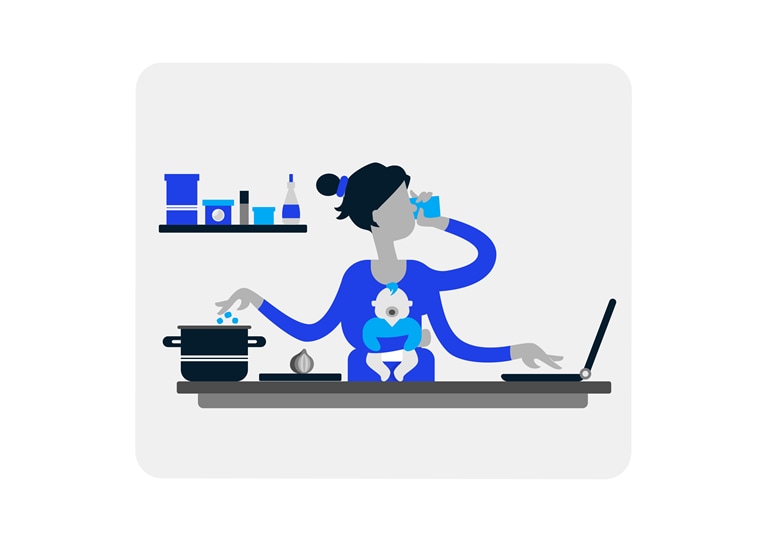
Marcus used to travel every other week for work, seeing his family in fits and spurts. Unable to travel, he now realises that much of his work travel was unnecessary and feels that the benefits of enjoying the little, everyday moments with his daughter and wife far outweigh minor losses in work productivity.
Lucy expresses her frustration at trying to help her three school-age children do maths equations and other schoolwork in between work meetings.
Our research supports the view that parents are doing what they can to give their children a routine and a sense of normalcy, but mixing personal, professional, family, and social lives in one place creates distractions that are difficult to ignore. Parents who are now supervising their children’s education are particularly struggling to stay on top of everything else. The worlds of family and work have blended into one, blurring the boundaries between responsibilities while at the same time bringing into sharp contrast the complexities of juggling competing demands under self-confinement.
For some, being at home more also presents some upsides. More time at home is helping many families to reconnect, causing some to reevaluate their routines as they are forced to slow down and focus on their home life.
Indeed, many families hope that telecommuting for work will endure post-COVID-19 as a more sustainable practice for Australian businesses, one that greatly improves work–life balance.
Question for business leaders
With increasingly complex dynamics at home and work, what role can our organisations play in helping consumers adapt to changing routines, roles, and dynamics?
I don’t know how other parents are coping. Managing the kids and their school makes it almost impossible to get my work done.
3. Healthy habits
While Australia has managed the initial public-health risk well, the COVID-19 crisis is still prompting people to take their health more seriously. Self-care to prevent illness of all kinds has become a higher priority.
I didn’t realise how important exercise is for my sanity. I’m like a sheep dog: if I don’t get my exercise, I get a bit nutty and cause trouble.
Families are taking steps to strengthen their immune system and avoid germs: exercising more, taking new vitamin regimens, and avoiding sharing public resources (for example, shopping baskets and trolleys and park benches).
As we break our normal routines and lose most of our usual activities, Australians are learning more about what is most important to keep us mentally healthy and positive. Whether it’s dealing with the increased stress of an uncertain financial future or facing boredom from losing social outlets, people are recognising the critical role certain elements of their daily life play in helping them maintain resolve.
Despite the “always on” nature of popular online social platforms and digital communication technologies, we observed among our families a desire for true social connectivity, underpinned by direct human-to-human contact, and to some extent, a decoupling from our digital self.
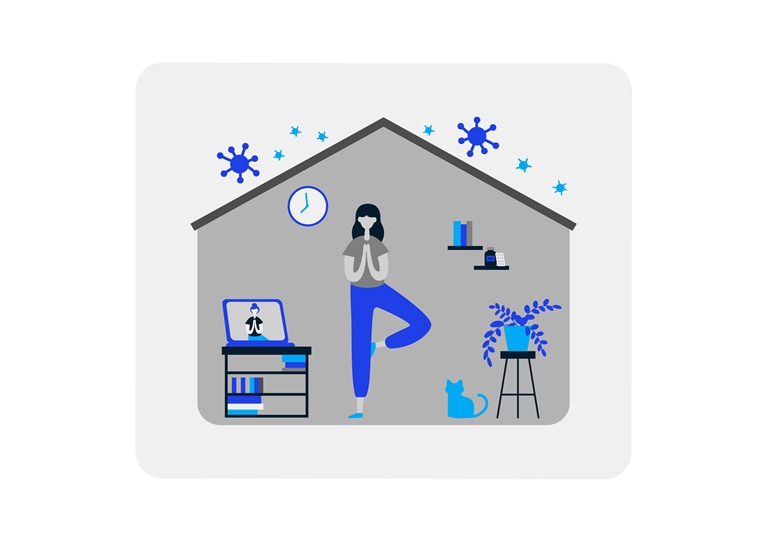
Will used to spend a few hours every evening doing some form of sport. With all his gyms closed and a lot more spare time, he is getting irritable and snapping at his partner for increasingly small infractions. He has picked up cycling and now his overall demeanour is improving.
Question for business leaders
With health taking increased priority in everyday life, how can we put health and safety at the centre of our brands, offerings, and interactions?
4. More deliberate shopping choices
Before the COVID-19 pandemic, consumers tended to do most of their shopping without thinking much about it. Now, consumers are switching off autopilot and are more conscious about their shopping choices. What consumers shop for and how they’re shopping for it have changed as new occasions and considerations shift priorities.
For many Australians, life outside the home used to be the primary driver that set the rhythms and routines of daily life. With COVID-19 breaking many of these social and personal habits, consumers are now reevaluating priorities for how they spend time and money. As our needs change from work meetings and social events to cooking at home while keeping the kids distracted, consumers are deprioritising status symbols and focusing on setting up the home for entertainment and efficiency.
I know it’s a risk, but I go to the shops for things I need right away. I try to order online everything else, but sometimes going to the shops is still easier and faster.
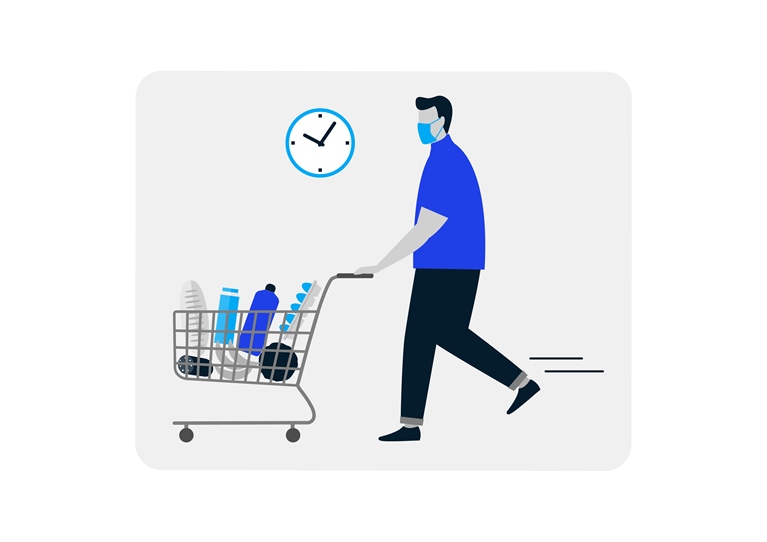
Due to shortages in her local stores, Miranda spent the first week of restrictions eating what was left in her cabinets. The next few days were spent using trial and error to find a reliable way to get what she needed, mixing local providers, smaller online retailers, and strategically timing her trips to the shops.
Restrictions are also changing the way people shop. Product availability, infection risk, fines, and limited childcare options make shopping a more challenging endeavour, requiring greater planning and thoughtfulness. We hear consumers talking about shifting to digital shopping. But, rather than a simple switch in consumer channel preference, they speak about mindfully evaluating and selecting digital retailers to avoid poor user experiences, slow and inaccurate delivery, reduced quality of customer service, and, at times, profiteering.
Question for business leaders
With consumers being more deliberate and conscious about their shopping, how are our organisations delivering on brand and service promises in order to reliably be consumers’ first choice?
5. E-commerce’s failure to launch
Consumers have been forced to move offline purchases, activities, and services online. They hoped for convenient and reliable e-commerce experiences, but what many got was “out of stock” messages, excessive delivery times, and price gouging.
It was really frustrating to spend the time selecting things I want, just to find out they were out of stock.
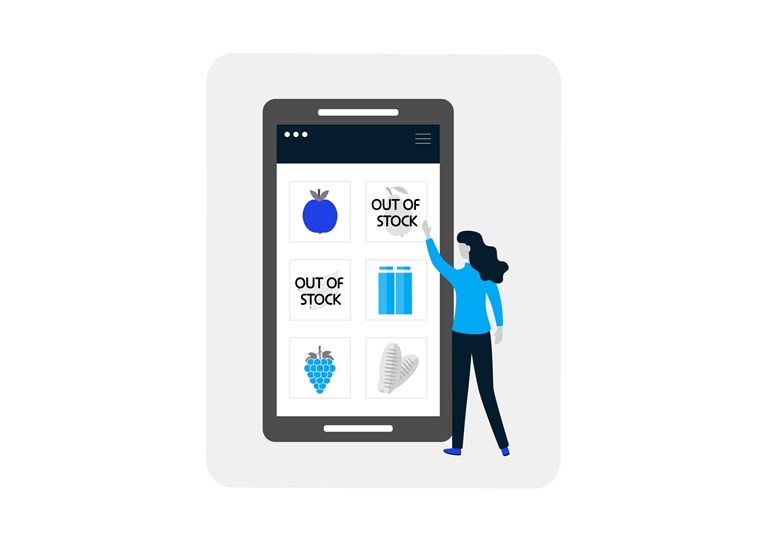
Majed is impressed by how quickly his local shops put up simple websites so that customers could order delivery of produce, meat, and full meals. He even plays his regular pub trivia over Instagram on Mondays with his two children.
We saw consumers deliberately making choices in line with greater levels of digital consumerism, albeit while navigating a less than perfect digital marketplace. Australian consumers have experienced the failures of the online retail system and as a result have lost some faith in retailers’ ability to deliver on their needs.
A shining light is how quickly Australia’s small local businesses have creatively pivoted to provide quality local products.
Consumers that are already inclined to shop online are doing more of it, and we are seeing many people increase their shopping activity to fill the void left by losing other activities. Whether a cure for boredom, an impulse to keep the kids happy, or a treat for completing a hard day, online shopping is finding a place in most people’s days.
Question for business leaders
As Australian consumers and businesses rapidly ascend the digital adoption curve, how mature is an organisation’s digital capability and supply chain, and can it scale to keep pace with rising consumer expectations?
How will consumers emerge from lockdown?
Throughout all this, Australians have had to compromise—working from home, forced to accept poor digital experiences from some retailers, connecting with friends and family only through virtual means, and losing hours of their days binge-watching TV. With time to reflect on their lives, we are seeing some consumers revaluating their values and belief systems and looking to reaffirm their identity by making more deliberate choices about where they shop, what they eat, and how they spend their time.
Australians are looking forward to getting back to normal. That will take time. Which changes will stick is impossible to predict. Business leaders can learn from consumers during this time—and make choices about what future they are going to create for them.
Australian consumers are as much the shapers of the next normal as they are participants within it.
